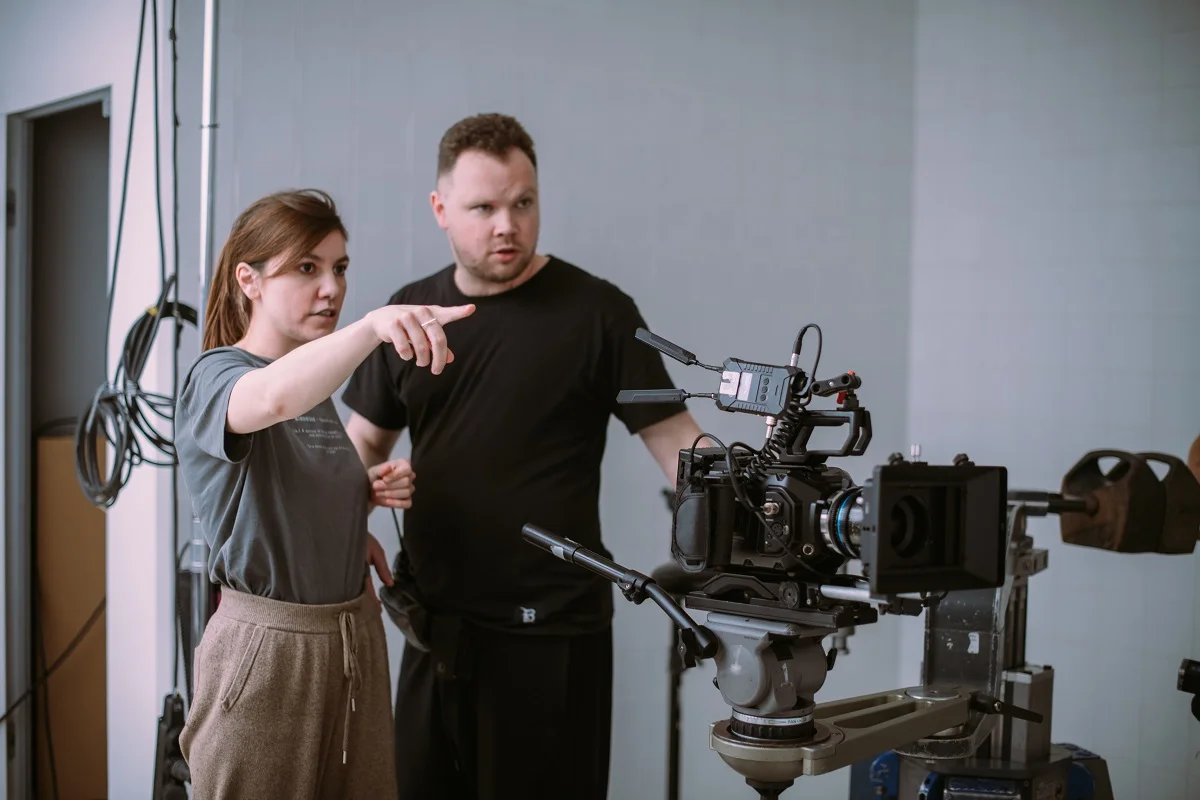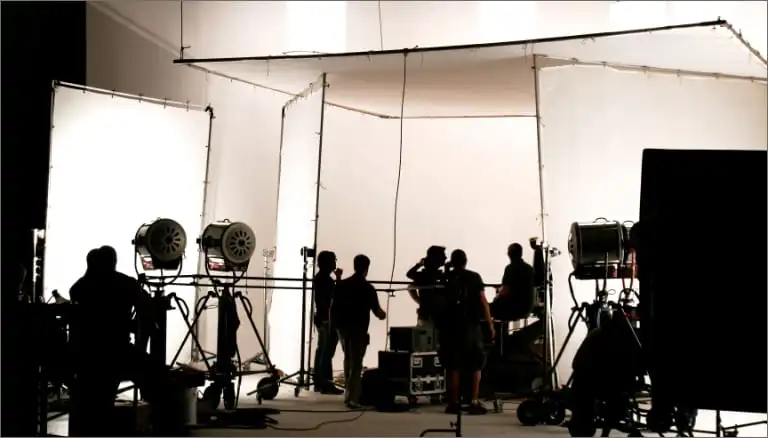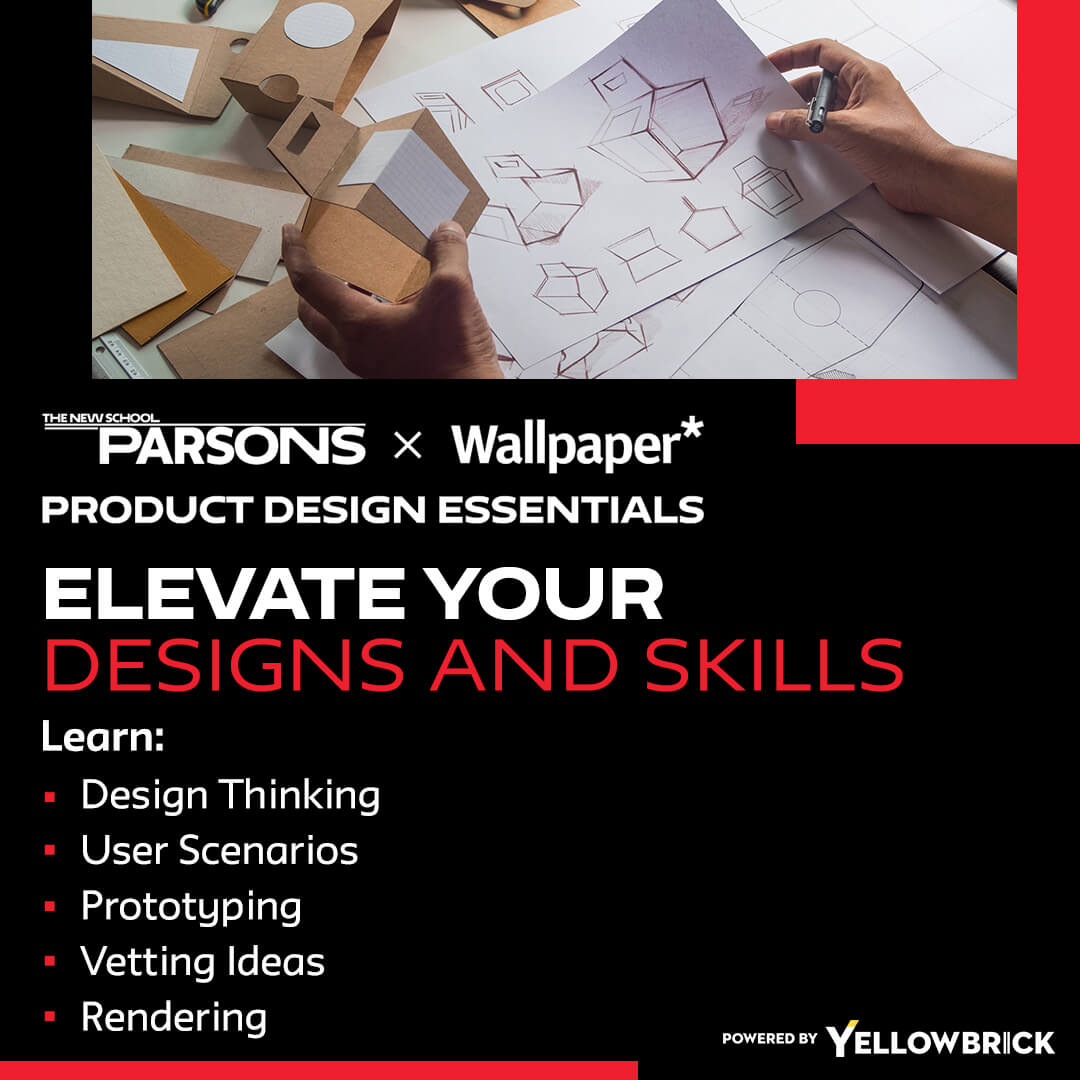Product design planning is a critical phase in the product development process that lays the foundation for successful design outcomes. Effective planning ensures that design initiatives are aligned with user needs, business goals, and market trends, leading to innovative and impactful product designs. In this guide, we explore the key aspects of product design planning, including strategies, best practices, and career opportunities in the field.
The Importance of Product Design Planning
Product design planning serves as the roadmap for the entire design process, guiding designers in creating products that resonate with users and meet business objectives. Through thorough research, clearly defined goals, and strategic direction, design teams can streamline the process, manage resources effectively, and ensure timely, cost-efficient delivery. Planning also enables teams to prioritize tasks, adapt to changes, and maintain alignment across departments.
Key Elements of Product Design Planning
Successful product design planning depends on several foundational elements. These help guide the design process from research to execution.
- User Research: Understanding user needs, preferences, and behaviors through surveys, interviews, and usability testing provides valuable insights that drive effective, user-centered design decisions.
- Market Analysis: Analyzing industry trends and competitor products helps identify opportunities for innovation and differentiation, ensuring the design meets both user and market demands.
- Design Strategy: A clearly defined strategy outlines the design vision, goals, and approach. It keeps teams aligned and ensures every decision contributes to business and user goals.
- Prototyping and Iteration: Creating wireframes and mockups allows teams to validate concepts, gather feedback, and improve design solutions before final development.
- Collaboration and Communication: Cross-functional teamwork and consistent communication keep everyone aligned and informed, helping streamline workflows and improve decision-making.
Best Practices for Product Design Planning
A strong planning process relies on the right mindset and execution. These best practices help ensure successful outcomes.
- Define Clear Objectives: Establishing clear goals, deliverables, and success criteria ensures all efforts stay focused and aligned with broader business priorities.
- Research and Insights: Data-driven insights gathered from research help teams design with confidence and empathy, resulting in solutions that truly meet user needs.
- Iterative Design Process: Embracing an agile approach allows for frequent testing and refining of concepts, increasing design quality and responsiveness.
- User-Centric Design: Keeping users at the center ensures products are intuitive, accessible, and tailored to real-world use cases.
- Cross-Functional Collaboration: Collaboration among design, development, marketing, and product teams enables a shared vision and more effective execution.
Top Jobs in Product Design Planning
Product design planning is supported by a variety of professional roles. Here are some of the most impactful positions in this space.
- Product Designer: Drives the planning and creation of user-focused solutions aligned with business goals, using research, prototyping, and strategy.
- UX/UI Designer: Specializes in optimizing the user interface and experience, contributing heavily to planning through interface design and usability testing.
- Design Strategist: Develops frameworks and strategic direction to ensure design efforts meet business and user expectations.
- Product Manager: Oversees the product roadmap and collaborates closely with design teams to align planning with market needs.
- User Researcher: Gathers and analyzes user data through testing and interviews to guide informed design planning.
- Design Director: Leads and mentors design teams, setting high-level direction and ensuring that design plans meet organizational goals.
- Design Operations Manager: Manages workflows, tools, and team logistics to ensure efficient execution of design plans.
- Design Technologist: Brings design concepts to life through prototyping and helps ensure technical feasibility and consistency.
- Data Analyst: Interprets user behavior and performance metrics to support planning decisions with data-driven insights.
- Design Consultant: Provides external expertise and strategic guidance to help businesses refine and execute their product design plans effectively.
Conclusion
Product design planning is a multifaceted discipline that brings together strategy, creativity, and collaboration. When done effectively, it lays a solid foundation for delivering high-impact products that serve both user needs and business goals. Whether you’re a designer, manager, or strategist, mastering this phase is essential for driving innovation and building successful digital experiences.
Key Takeaways:
- User research and market analysis are essential for informed design decisions.
- Iterative design processes help refine solutions based on user feedback.
- User-centric design principles prioritize creating intuitive and engaging products.
- Cross-functional collaboration enhances alignment and synergy in design planning initiatives.
For those looking to enhance their skills in product design planning and advance their career in the field, consider exploring the Parsons Product Design Essentials online course and certificate program offered by Yellowbrick. This program provides valuable insights and practical knowledge to excel in product design planning and drive innovation in the dynamic world of design.








